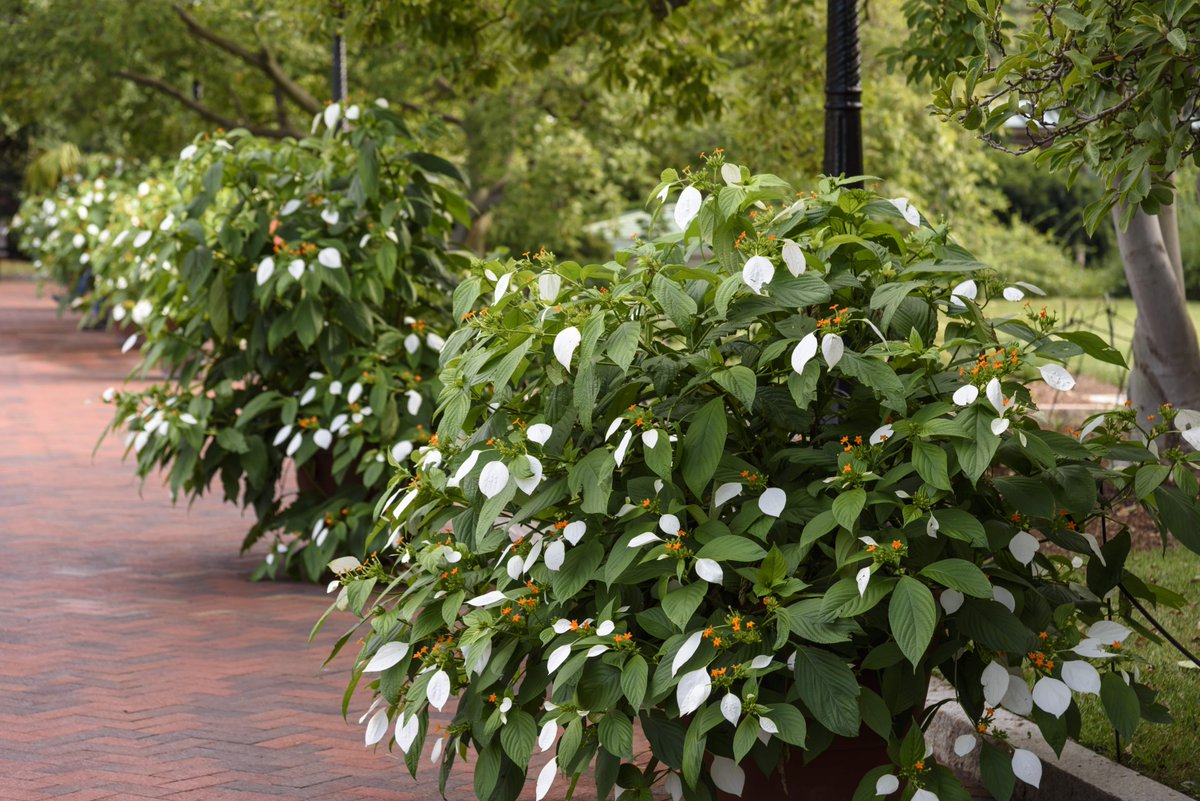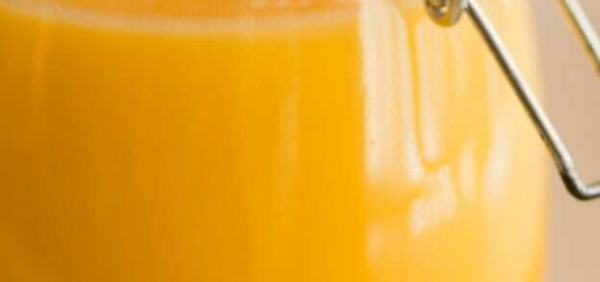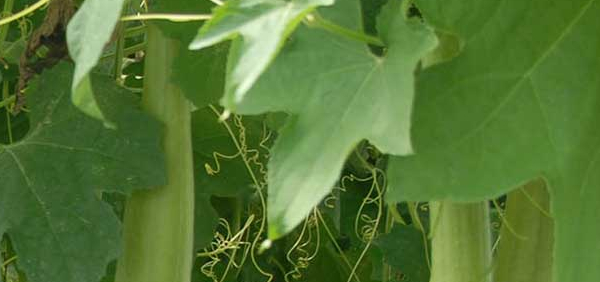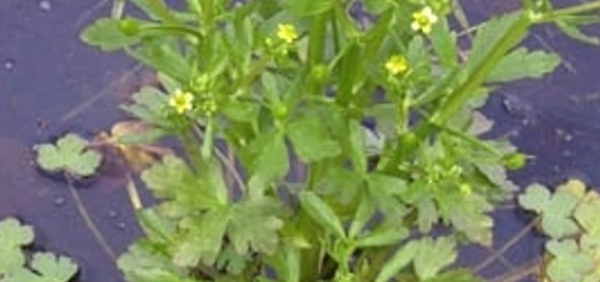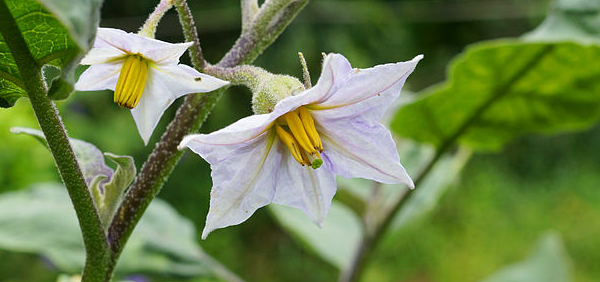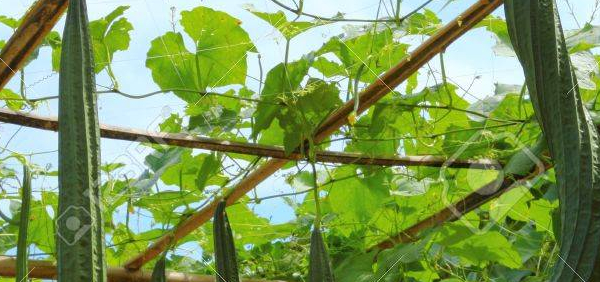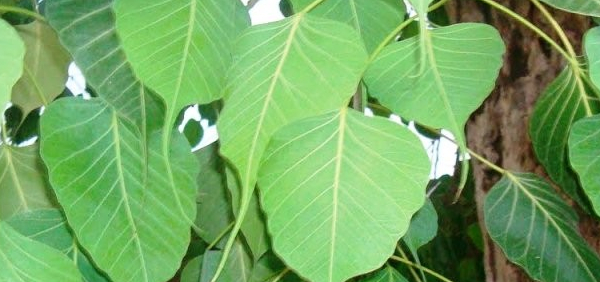sadaphal :
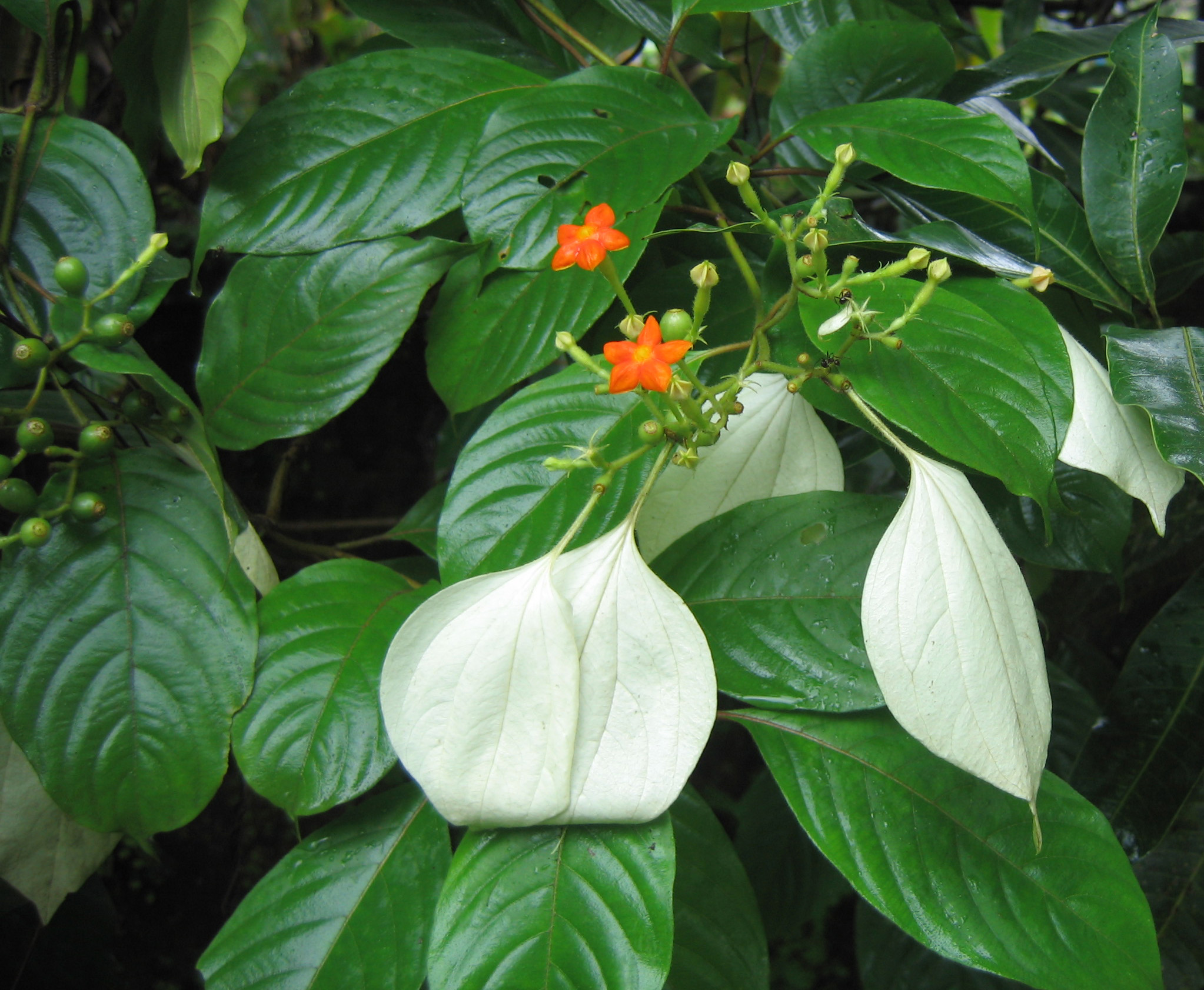
Mussaenda frondosa is a rounded, evergreen shrub growing up to 3 metres tall.
The plant is gathered from the wild for its edible leaves and medicinal uses. It is also cultivated as an ornamental in gardens
Taxonomical Classification
Kingdom: Plantae - Plants
Division: Magnoliophyta - Flowering plants
Class: Magnoliopsida - Dicotyledons
Family: Rubiaceae
Genus: Mussaenda
Species: Mussaenda frondosa
Allied species:
Duperrea pavettifolia, Ixora pavettifolia, Mussaenda pavettifolia (West Indian Jasmine)
Mussaenda Dona Evangelina (Mussaenda)
Mussaenda erythrophylla (Ashanti Blood, Red Flag Bush, Tropical Dogwood )
Mussaenda marmelada (Marmelade Mussaenda)
Mussaenda philippica (Mussaenda)
Mussaenda philippica Dona Aurora (Mussaenda)
Mussaenda philippica Queen Sirikit (Mussaenda Queen Sirikit, Peach Mussaenda)
Mussaenda philippica x flava (Calcutta Sunset, Marmelade)
Mussaenda sp. (Mussaenda)
Pseudomussaenda flava, Mussaenda lutea, Mussaenda luteola, Mussaenda glabra, Mussaenda incana (Dwarf Yellow Mussaenda)
VERNACULAR NAMES
Sanskrit: Sreeparna, Rajatari, Sreepatri, Sreemati श्रीवाटी shrivatiEnglish: Dhobi Tree, flag bush, white flag, white lady, white rag plant, wild mussaenda
Hindi: बेदिना bedina
Telugu: nagavalli
Bengali: নাগবল্লী nagaballi
Marathi: भूतकेश bhutakesha, सरवड sarvad
Konkani: सरवडी sarvadi
Tamil: வெள்ளிமடந்தை velli-matantai
Malayalam: വെള്ളില vellila
Kannada: ಬೆಲ್ಲೊಟ್ಟಿ bellotti
Assamese: sona-rupa
Varities:
- Mussaenda frondosa var. angustifolia Kuntze
- Mussaenda frondosa var. frondosa
- Mussaenda frondosa var. latifolia Kuntze
Synonyms
Synonyms in Ayurveda: Sreeparna, Rajatari, Sreepatri, SreematiLatin Mussaenda, from the Singhalese vernacular name for Mussaenda frondosa; Latin glabra, not covered with hair, possibly referring to the stem of this climber
This tropical plant belongs to the Rubiaceae family, and was used to cure jaundice, ulcers, leprosy, asthma, hyperacidity, fever, cough, and as a diuretic.
Cultivation:
A plant of subtropical to tropical areas, it is found at elevations up to 1,200 metres in Nepal.
Prefers a sunny position. Prefers a soil with a pH around 7
Propogation:
Air layering.
Cuttings of half ripe wood.
Harvesting:
Flowering and fruiting: September-March
Phytochemistry:
The flowers contain anthocyanins, hyperin, quercetin, rutin, ferulic and sinapic acids; beta-sitosterol glucoside.Parts used for medicinal purpose
Whole plant, ,Geographical distribution:
Mussaenda frondosa is native to India, Nepal, Sri Lanka, Cambodia, Vietnam, Malaysia and Indonesia.
Tropical Himalayas, Khasi Hills, Deccan Peninsula and the Andamans.
General Use:
The whole plant of wild Mussaenda is used for cough, bronchitis, fever, wounds, ulcers, leucoderma, pruritis, jaundice and anti-inflammatory activity. Leaves make excellent herbal shampoo it is used in traditional medicine as anti-diarrhoeal, diuretic, and in lithiasis. It is valued for cough, as a vermifuge for children, in the treatment of headache, and in arsenic poisoning. The herb is also used in malaria and skin diseases and snake bitesTherapeutic Uses:
Flower—diuretic, antiasthmatic, antiperiodic. Leaves and flowers—used in external applications for ulcers. Root—used in the treatment of white leprosy. White petiolate bract—prescribed in jaundice.Systemic Use:
The juice of the plant is used to treat eye infections
A decoction of the leaves is used to rid the body of intestinal worms.
The root is used as a treatment for leprosy
The juice of the roots, combined with about 10% by volume of cows urine, is used in the treatment of jaundice[272]. The juice is also used to treat blemishes on the tongue.
The juice of the bark is used in the treatment of body ache, diarrhoea and dysentery
The flowers are diuretic. They are used in the treatment of cough[
CONCLUSION:
Mussaenda frondosa, the wild mussaenda or dhobi tree, is a plant of Rubiaceae family. It is a smaller shrub 1.5–2 m (4 ft 11 in–6 ft 7 in) tall by 1.5–2 m (4 ft 11 in–6 ft 7 in) wide. Like all other Mussaenda species, petals are visible as well as white leaves just below the flower. Usually they arose with fruits. Mussaenda frondosa is distributed in Central Nepal, India and Sri Lanka. The juice of the root is used to treat blemishes on the tongue and the sepals are diuretic
Photos of sadaphal -
- sadaphal : Mussaenda frondosa Linn.
KEY WORDS: sadaphal Mussaenda frondosa Linn.
- » Classification and names of sadaphal
- » Synonyms and definitions of sadaphal
- » Drug Properties of sadaphal
- » Chemical Constituents of sadaphal
- » Standardization of sadaphal
- » Parts used and Dosage of sadaphal
- » Morphology and Histology of sadaphal
- » Distribution and Conservation of sadaphal
- » Cultivation of sadaphal
- » sadaphal in the market
- » Medicinal Uses of sadaphal
- » Researches and clinical trails of sadaphal
- » sadaphal in other sytems of medicine
- » Ayurvedic formulations with sadaphal
- » Images of sadaphal


